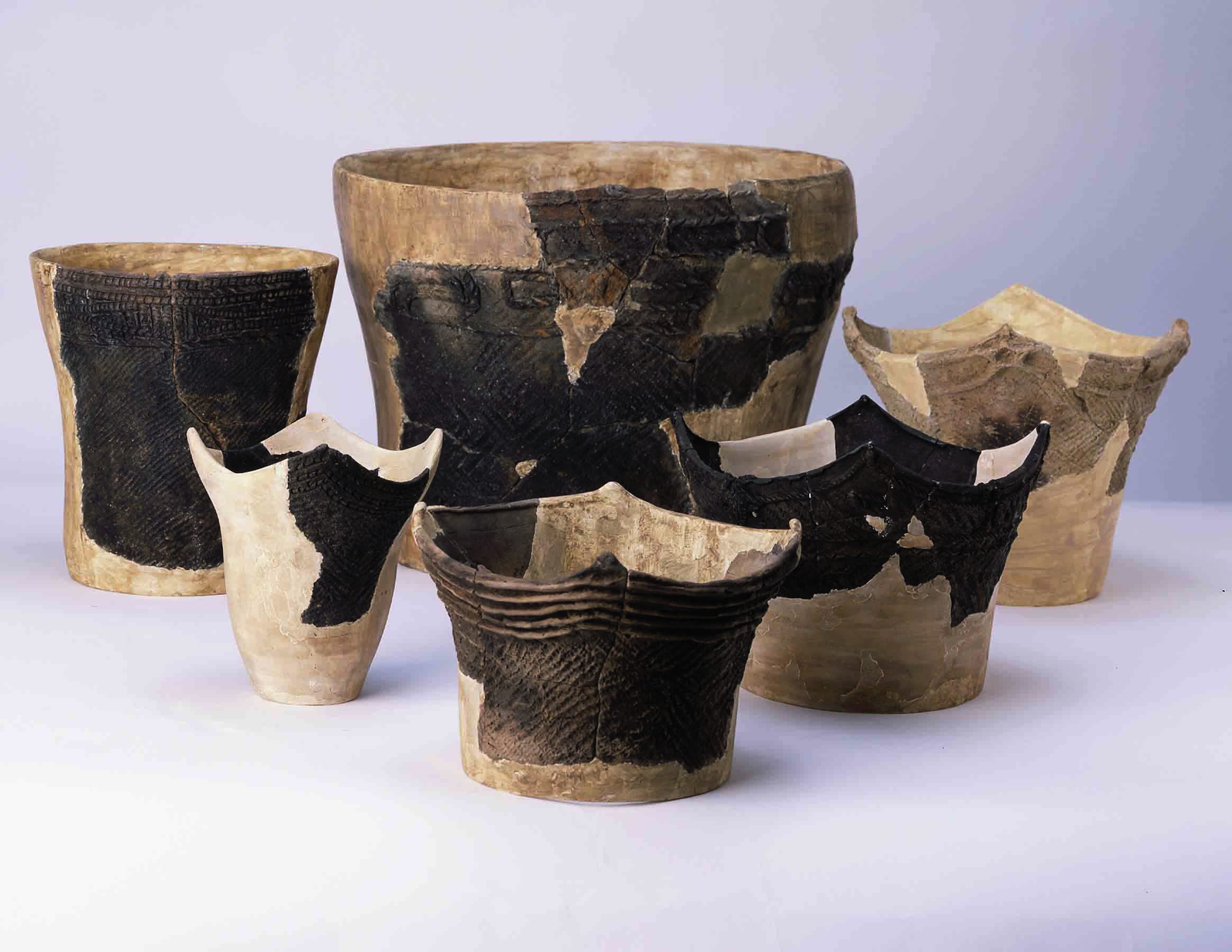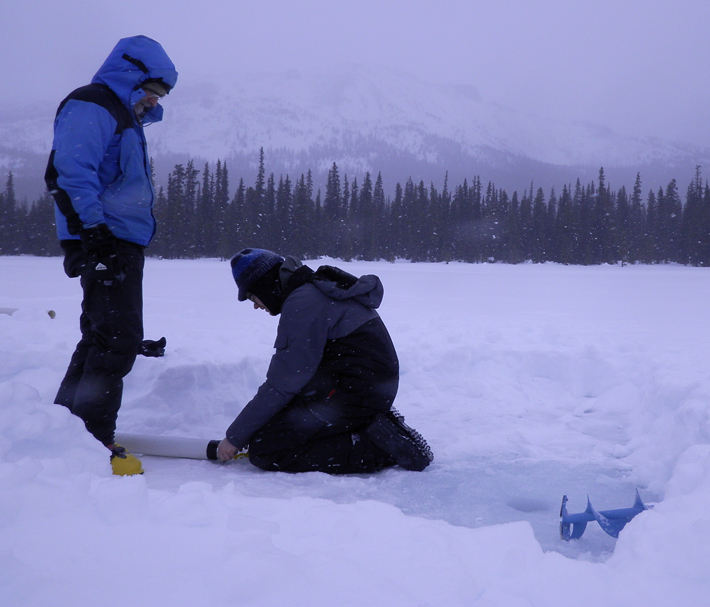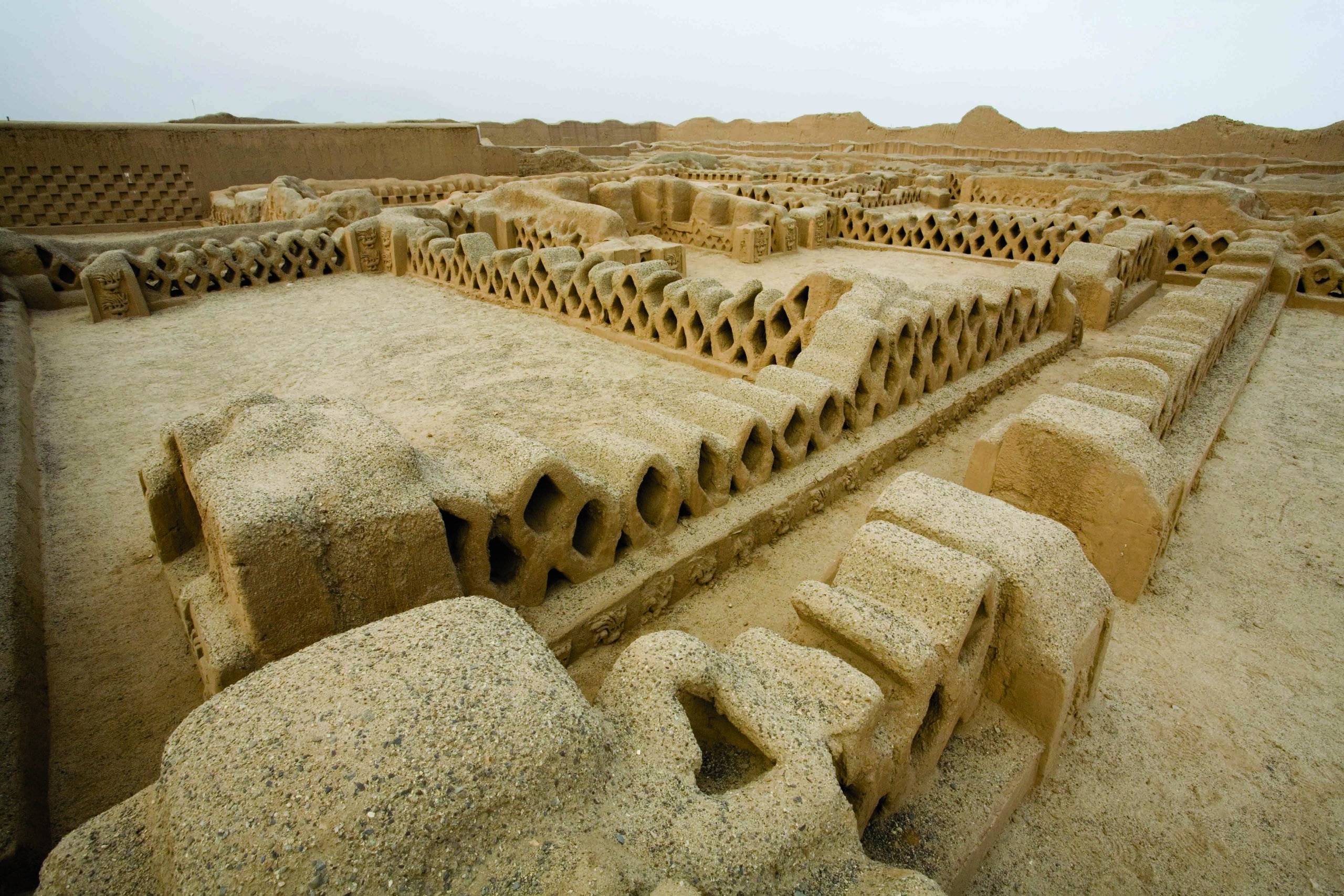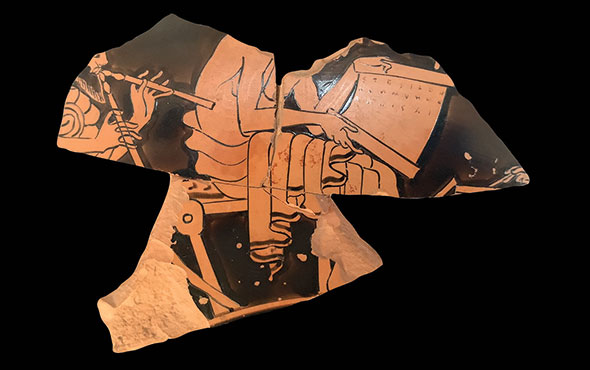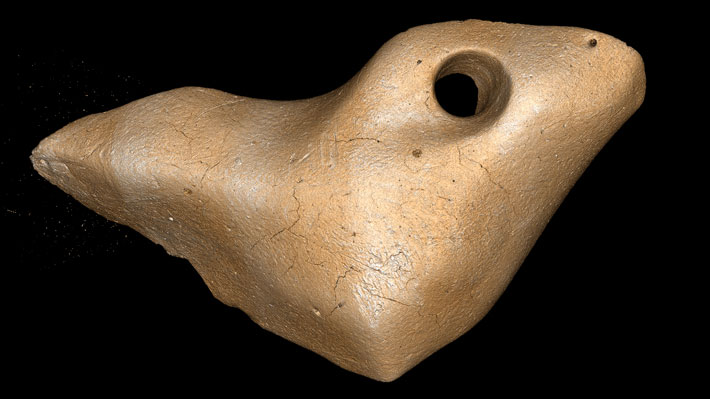
SÃO CARLOS, BRAZIL—According to a Live Science report, Mírian Pacheco of the Federal University of São Carlos and her colleagues have analyzed three bony osteoderms from the skin of an extinct giant ground sloth that were unearthed in central Brazil’s Santa Elina rock shelter. More than 1,000 ancient images have been found on the walls of the rock shelter, while hundreds of stone tools and thousands of sloth osteoderms have been recovered during excavations at the site over the past 30 years. The researchers determined that the holes in the three osteoderms in the study had been drilled and polished by humans, perhaps for use as personal ornaments. These artifacts, discovered with stone tools in a layer of the rock shelter dated to between 27,000 and 25,000 years ago, push back the known date of humans' arrival in the region, Pacheco explained. Read the original scholarly article about this research in Proceedings of the Royal Society B: Biological Sciences. To read about expansion of "monkey puzzle" trees in Brazil some 1,400 years ago, go to "Ancient Foresters."



